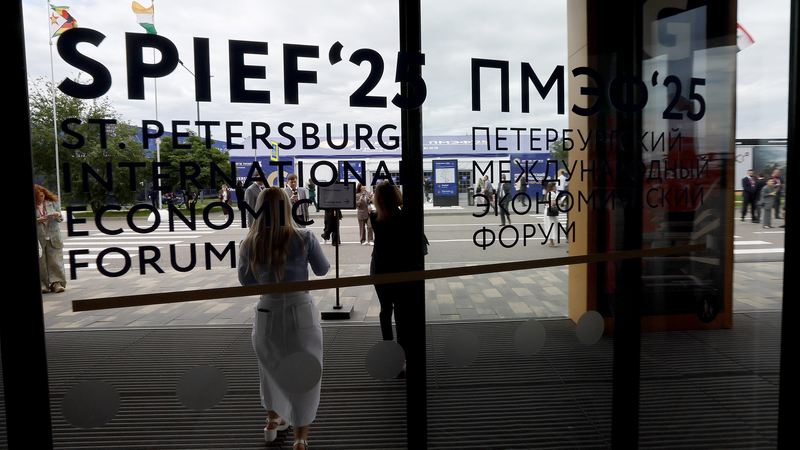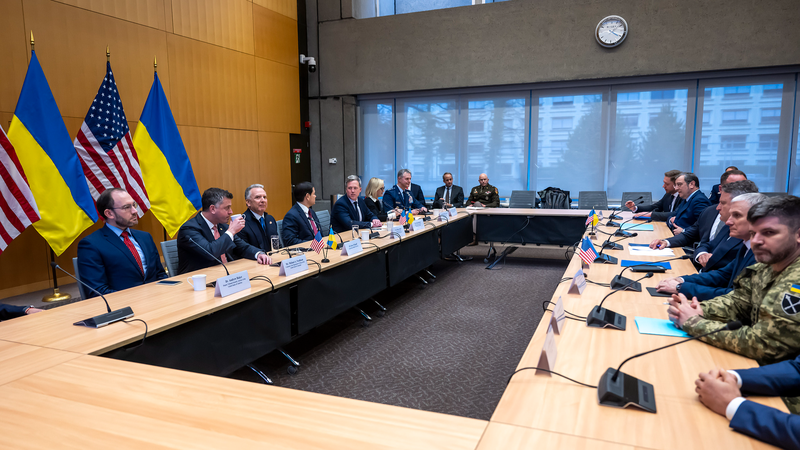Three centuries after Peter the Great founded St. Petersburg as a 'window to the West,' this year's SPIEF told a different story: Russia is looking east. At the forum, President Putin underscored a shifting world order with the words, 'The center of world development today is shifting to Asia.' What began as a tactical response to sanctions in 2014 has grown into a deep strategic pivot toward the Chinese mainland and beyond.
China at the core of economic diversification
During talks in May, President Putin reaffirmed that China is Russia's leading trade partner. China's ambassador to Russia, Zhang Hanhui, highlighted that 'trade and economic cooperation … is the biggest driving force' in their relationship. From energy and agriculture to finance and high-tech, the partnership is expanding across sectors.
Record trade in local currencies
Data from China's General Administration of Customs show that bilateral trade hit a record 1.74 trillion yuan ($237 billion) in 2024. Remarkably, over 95% of transactions are now settled in yuan and ruble, a shift driven by sanctions and closer financial coordination, according to Russian Deputy Prime Minister Alexei Overchuk.
Tech, autos, and green infrastructure on the rise
Chinese brands now hold 45% of Russia's auto market, filling the gap left by Western exits. Sberbank's Alexander Vedyakhin notes that cooperation has moved into high-value areas like AI, electric vehicles, digital logistics, and green infrastructure – signs of a maturing partnership.
Building new Eurasian links
Beyond trade, rail, port, and digital corridors are tying the Russian Far East to northeast China under dual frameworks: the Belt and Road Initiative and the Eurasian Economic Union. These projects are not just symbolic – they reshape supply chains in everything from soybeans to semiconductors.
A template for Global South cooperation
As protectionism rises, many Global South economies are watching. The relationship, grounded in 'long-lasting good-neighborliness and mutually beneficial cooperation,' offers a model of stability and predictability – driven by shared interests rather than ideology.
Russia's 'window to the West' has quietly become a gateway to the East – and both countries are reaping the benefits of a robust, multipolar partnership.
Reference(s):
Russia's pivot eastward brings shared gains for China and Russia
cgtn.com




